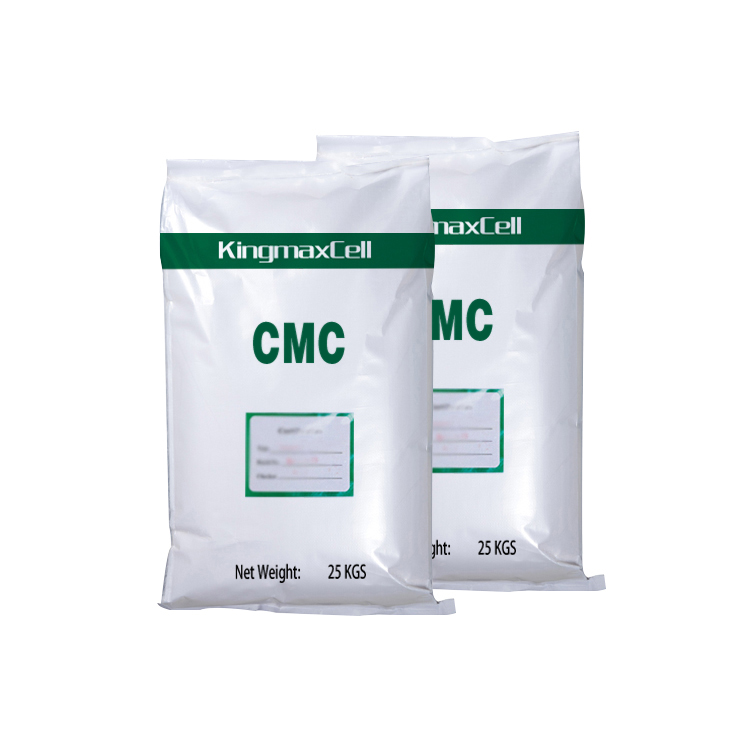Cellulose-based thickeners are widely used in various industries for their exceptional thickening properties, versatility, and biodegradability. This paper provides an introductory overview of the applications of cellulose thickeners, focusing on their role in enhancing the viscosity, stability, and performance of diverse formulations. The paper discusses the types of cellulose thickeners commonly employed, such as hydroxyethyl cellulose (HEC), methyl cellulose (MC), and carboxymethyl cellulose (CMC), and their specific applications in industries including cosmetics, pharmaceuticals, paints, adhesives, and food. Key factors influencing the selection and performance of cellulose thickeners, such as molecular weight, degree of substitution, and solution conditions, are also addressed. Furthermore, recent advancements and emerging trends in the application of cellulose thickeners are highlighted, showcasing their continued relevance and potential for innovation in various sectors.
Keywords: Cellulose Thickener, Applications, Viscosity Enhancement, Stability, Performance
- Introduction Cellulose thickeners are indispensable additives in numerous industries, offering unparalleled thickening performance, compatibility, and sustainability. This paper serves as an introduction to the diverse applications of cellulose thickeners, shedding light on their importance in formulating products with enhanced viscosity, stability, and performance.
- Types of Cellulose Thickeners Cellulose thickeners encompass a range of derivatives, each with unique properties and applications:
2.1. Hydroxyethyl Cellulose (HEC): HEC is widely used in cosmetics, personal care products, and pharmaceuticals for its excellent water solubility, pseudoplastic behavior, and film-forming properties.
2.2. Methyl Cellulose (MC): MC finds applications in construction materials, food products, and pharmaceutical formulations as a thickening agent, binder, and emulsifier, offering stability and rheological control.
2.3. Carboxymethyl Cellulose (CMC): CMC is utilized in paints, adhesives, textiles, and food products for its high viscosity, shear-thinning behavior, and water retention capabilities, contributing to improved product performance and processing.
- Applications of Cellulose Thickeners Cellulose thickeners are employed across diverse industries for various applications:
3.1. Cosmetics and Personal Care Products: Cellulose thickeners enhance the texture, stability, and performance of creams, lotions, shampoos, and gels, providing smooth application, emollient properties, and moisture retention.
3.2. Pharmaceuticals: In pharmaceutical formulations, cellulose thickeners serve as binders, disintegrants, and controlled release agents in tablets, capsules, suspensions, and topical formulations, ensuring uniform drug delivery and efficacy.
3.3. Paints and Coatings: Cellulose thickeners improve the viscosity, flow properties, and leveling of water-based paints, adhesives, and coatings, preventing sagging, splattering, and uneven application on surfaces.
3.4. Food Products: Cellulose thickeners function as stabilizers, emulsifiers, and texture modifiers in food products such as sauces, dressings, dairy products, and desserts, enhancing mouthfeel, shelf life, and sensory attributes.
- Factors Influencing Performance Several factors influence the performance of cellulose thickeners in formulations:
4.1. Molecular Weight: Higher molecular weight cellulose thickeners typically exhibit greater thickening efficiency and viscosity enhancement due to increased chain entanglement and solution stability.
4.2. Degree of Substitution: The degree of substitution of functional groups on the cellulose backbone affects the solubility, rheology, and compatibility of cellulose thickeners with other formulation components.
4.3. Solution Conditions: Solution pH, temperature, electrolyte concentration, and shear rate influence the rheological behavior and performance of cellulose thickeners, requiring optimization for specific applications.
- Recent Advancements and Emerging Trends Recent advancements in cellulose thickener technology include the development of novel derivatives, functionalized additives, and tailored formulations for specialized applications such as 3D printing, drug delivery, and sustainable packaging. Emerging trends focus on enhancing the performance, sustainability, and biocompatibility of cellulose thickeners to meet evolving market demands and regulatory requirements.
- Conclusion Cellulose thickeners play a vital role in enhancing the viscosity, stability, and performance of formulations across various industries. Their unique properties, versatility, and sustainability make them indispensable additives in cosmetics, pharmaceuticals, paints, adhesives, and food products. Continued research and innovation in cellulose thickener technology are essential for addressing current challenges and unlocking new opportunities for application in diverse sectors.


